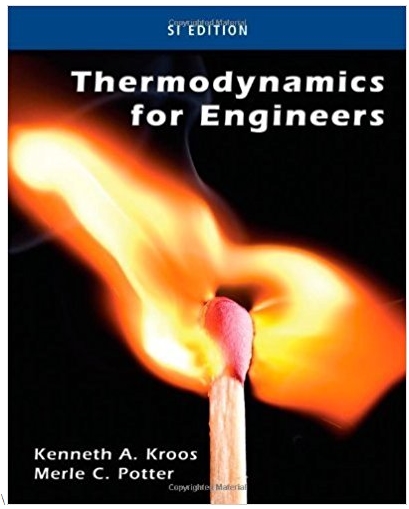Answered step by step
Verified Expert Solution
Question
1 Approved Answer
The production of fruit juice concentrate involves the extraction of water from the original fruit juice. To ensure the effectiveness of the concentration process, the
The production of fruit juice concentrate involves the extraction of water from the original fruit
juice. To ensure the effectiveness of the concentration process, the concentration process must
be carried out under low temperature. In this process, natural fruit juice, comprising
water, pulp, and natural juice including sugar, acids, and flavour, is introduced
into an evaporator. In the first stage, the water is separated from the natural fruit juice in which
the output contains water. The remaining mixture that goes to a filtration unit contains
juice, pulp, and the balance water.
Subsequently, the product solid impurities and pulp is separated through filtration. In the next
stage, the concentrated juice product resulted from the filtration, containing concentrated
juice. This product undergoes a reconstitution process during which, additional water is
removed, resulting in of the mass per hour output comprising water, while
consists of concentrated juice.
In the final stage, under high vacuum conditions using a heat pump, the concentration
temperature is lowered to preserve the quality of the concentrated juice. This process leads to
an increase in concentration with the solid content raised up to concentrated juice and
water, resulting in a mass flow rate of kgh for the concentrated juice output.
Create a flowchart and list all species components for each stream in the
corresponding section of the flowchart. Calculate the mass flow rates and mass
compositions of all the flow streams in the process aiming to produce kg of
concentrated juice per hour. Please find the degree of freedom as well and state any assumptions made
Step by Step Solution
There are 3 Steps involved in it
Step: 1

Get Instant Access to Expert-Tailored Solutions
See step-by-step solutions with expert insights and AI powered tools for academic success
Step: 2

Step: 3

Ace Your Homework with AI
Get the answers you need in no time with our AI-driven, step-by-step assistance
Get Started


